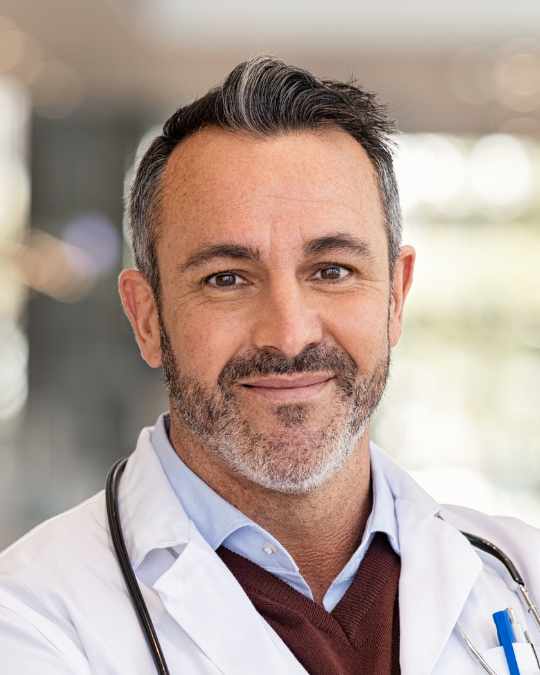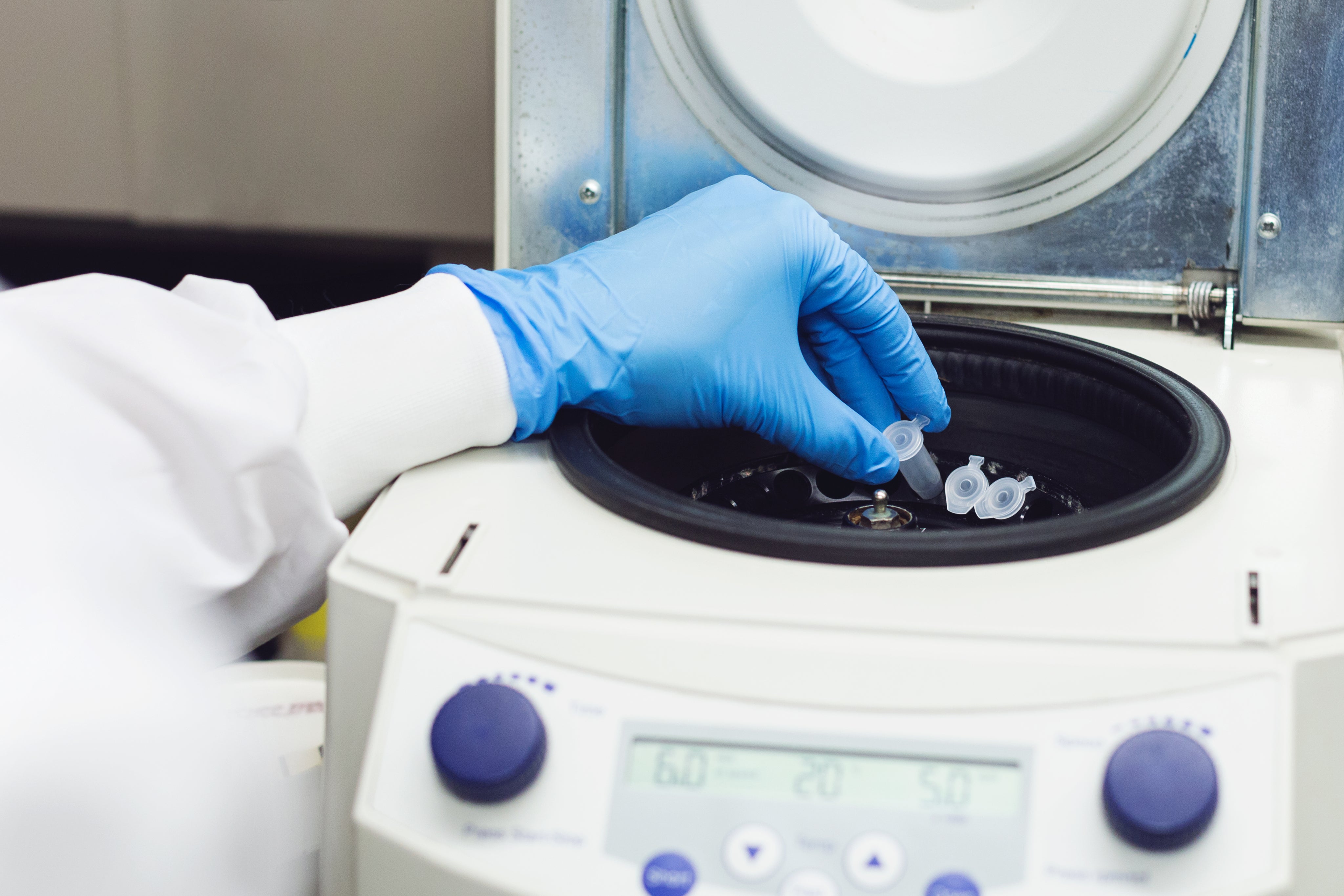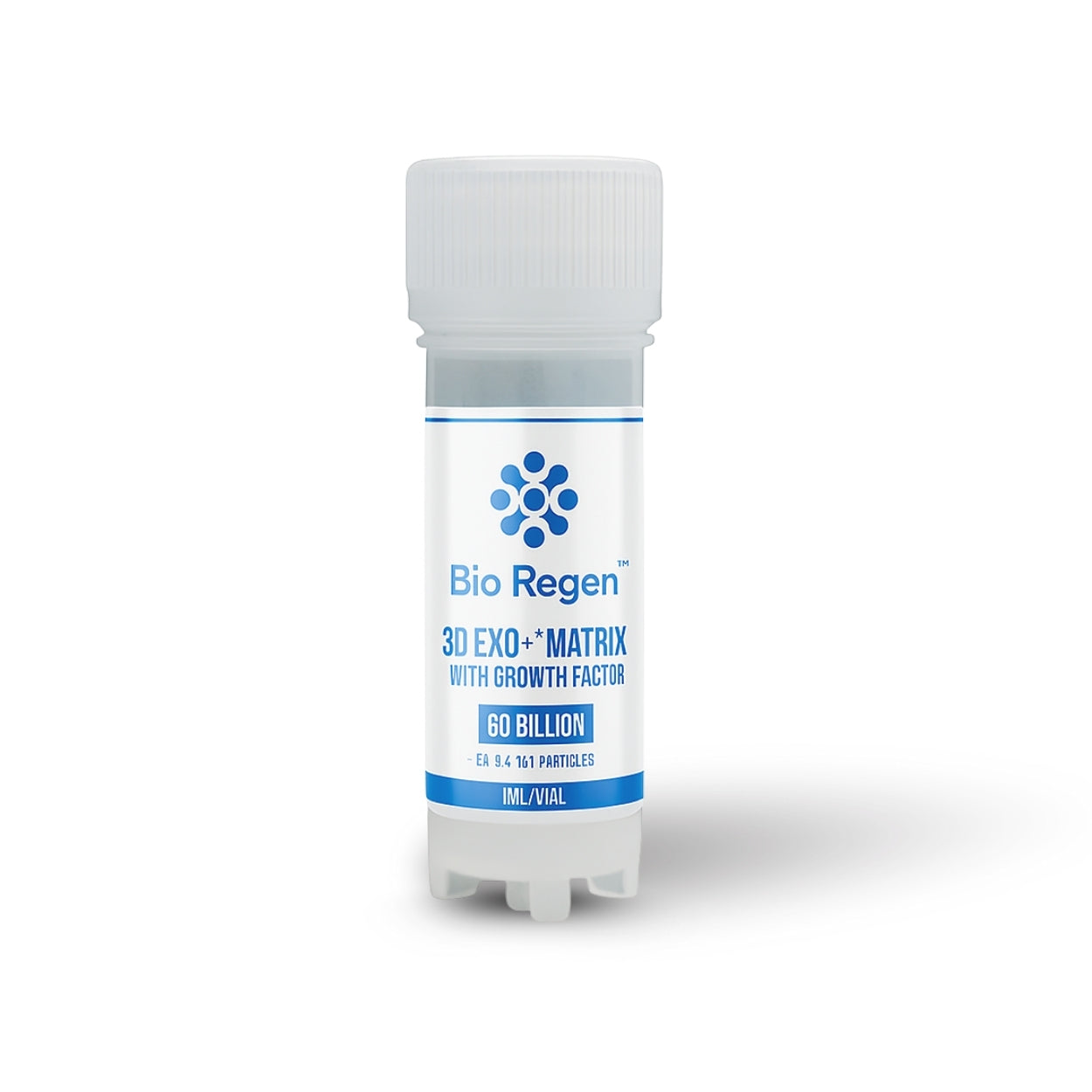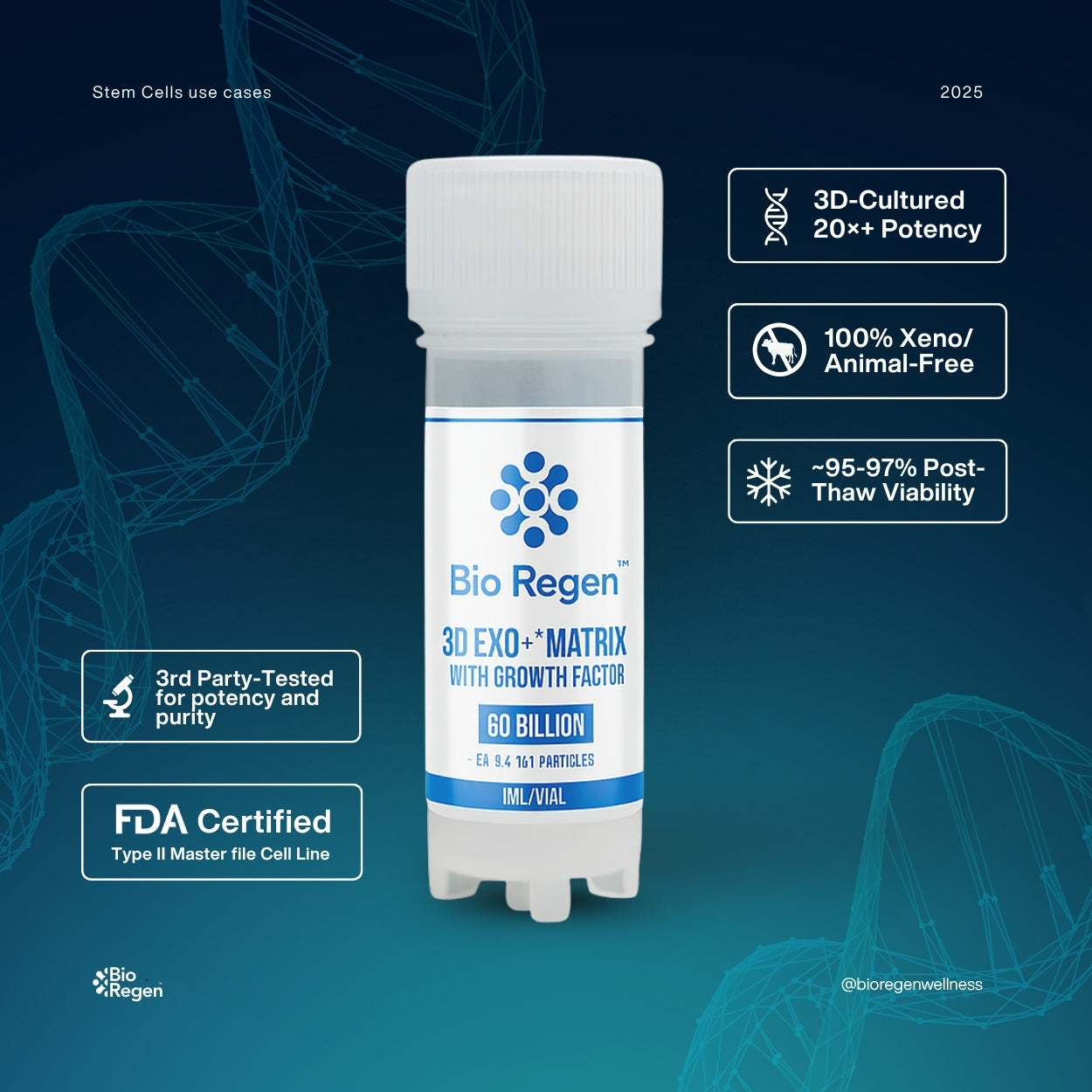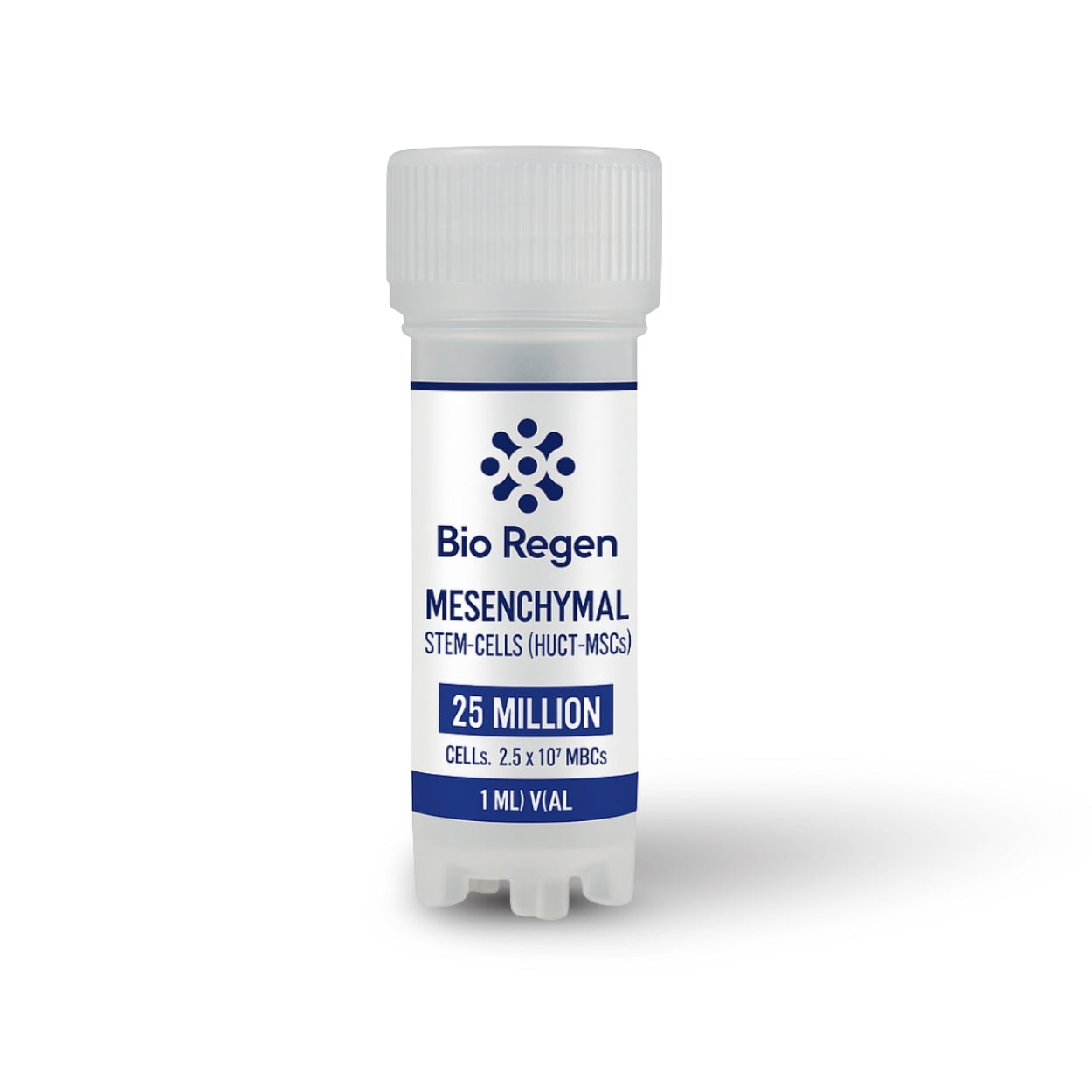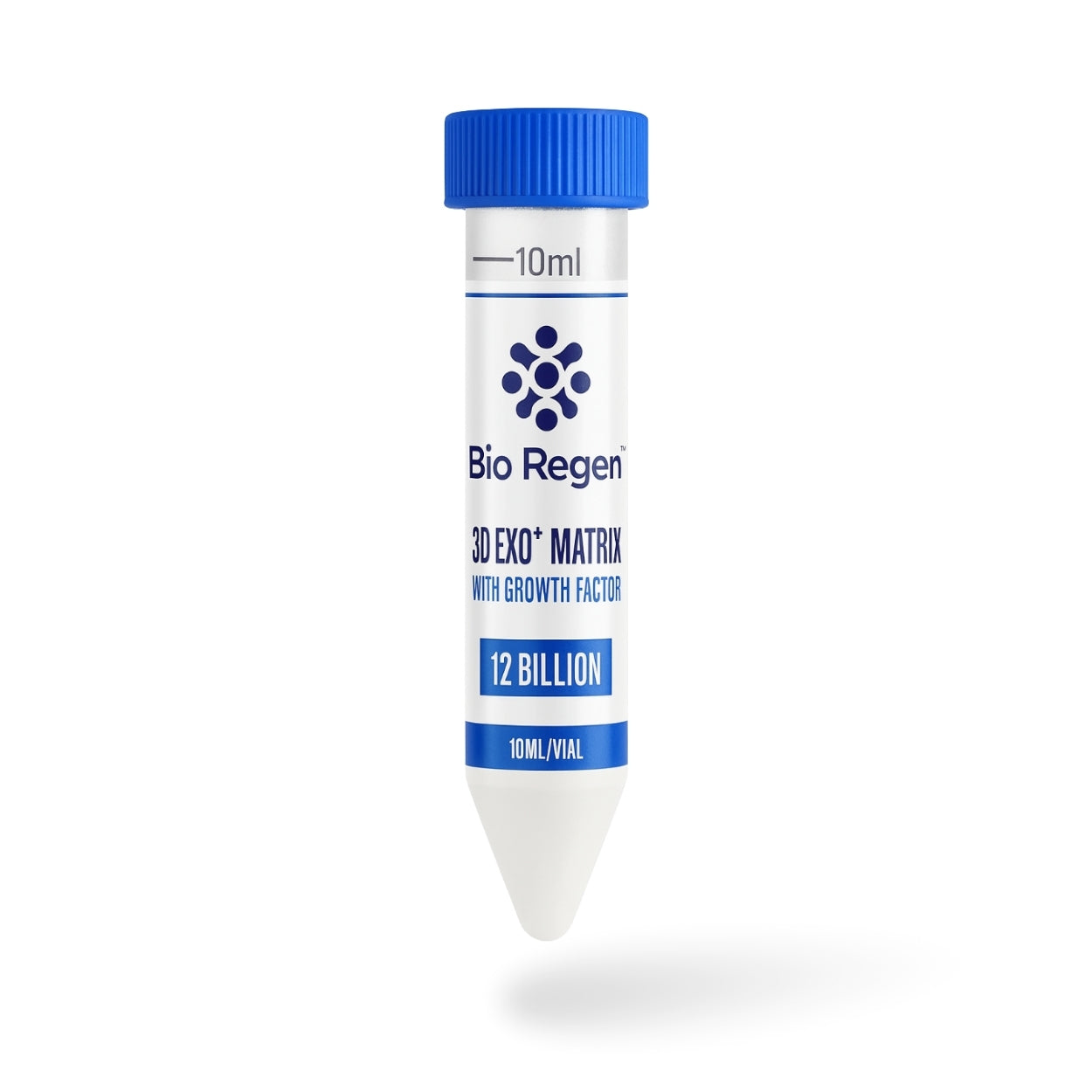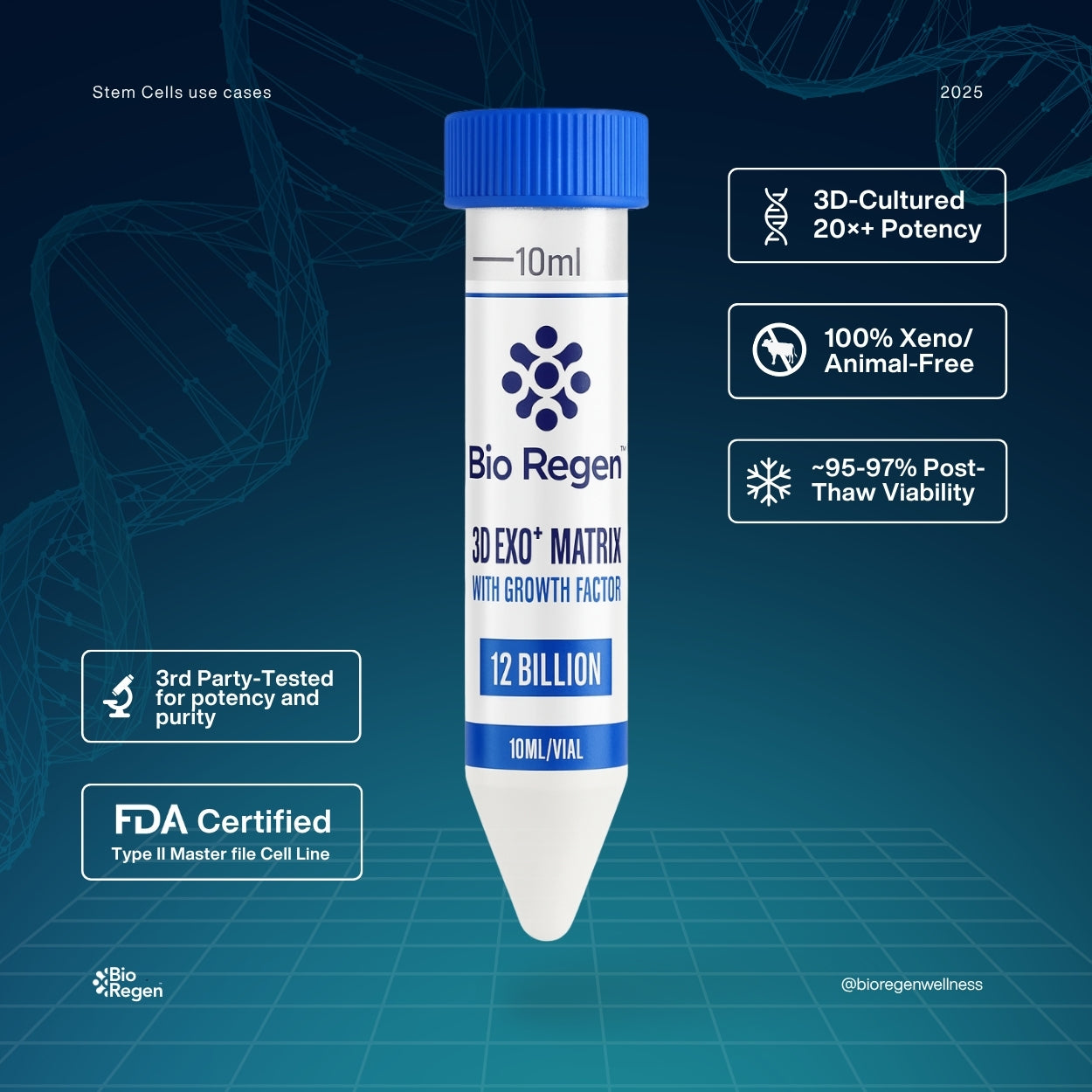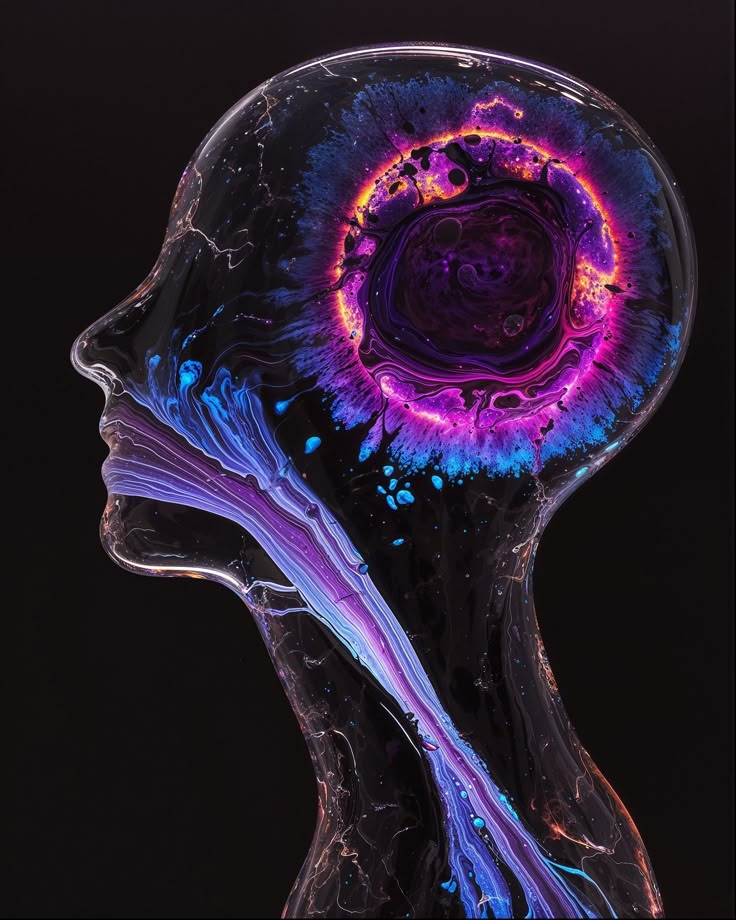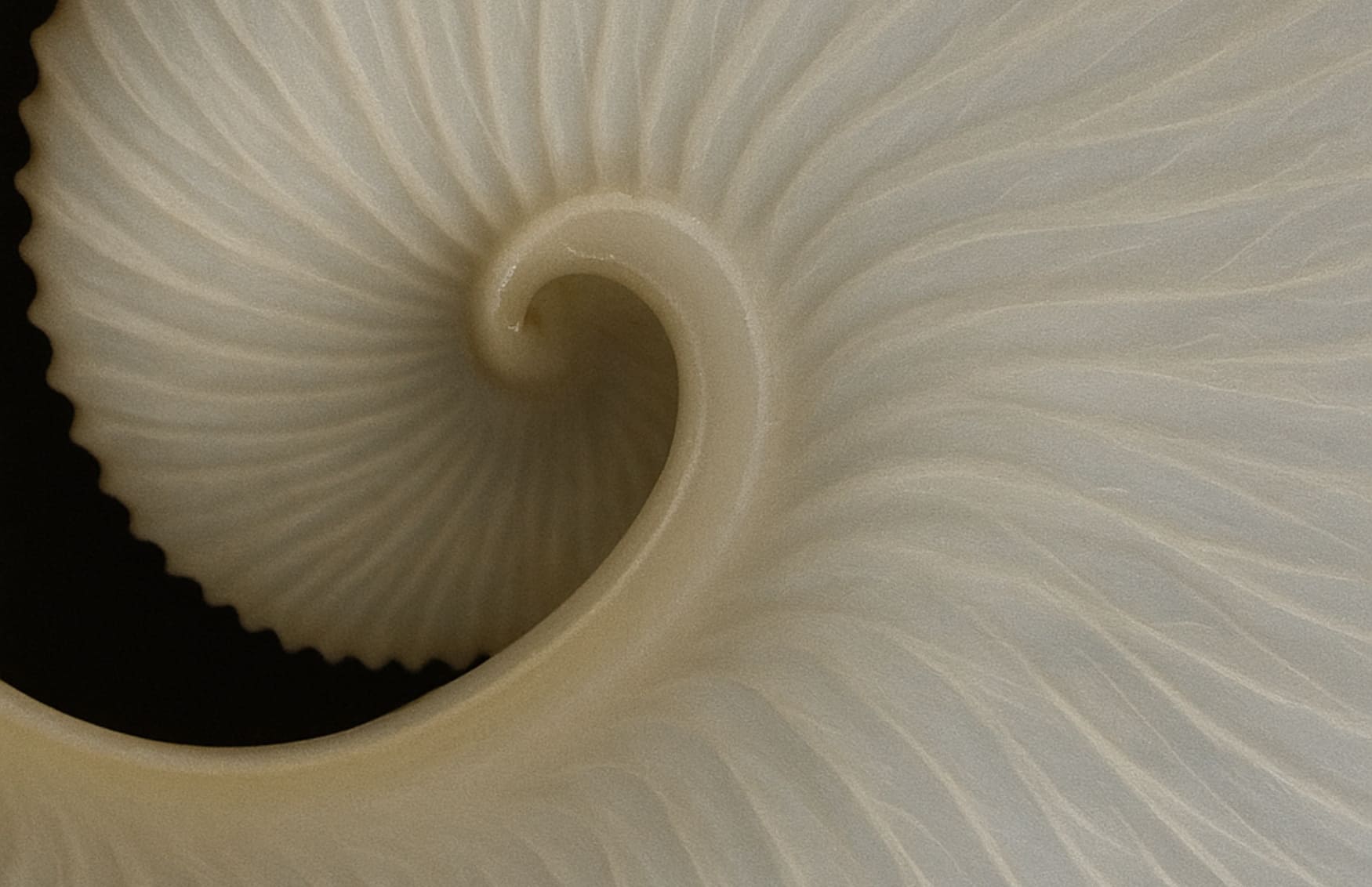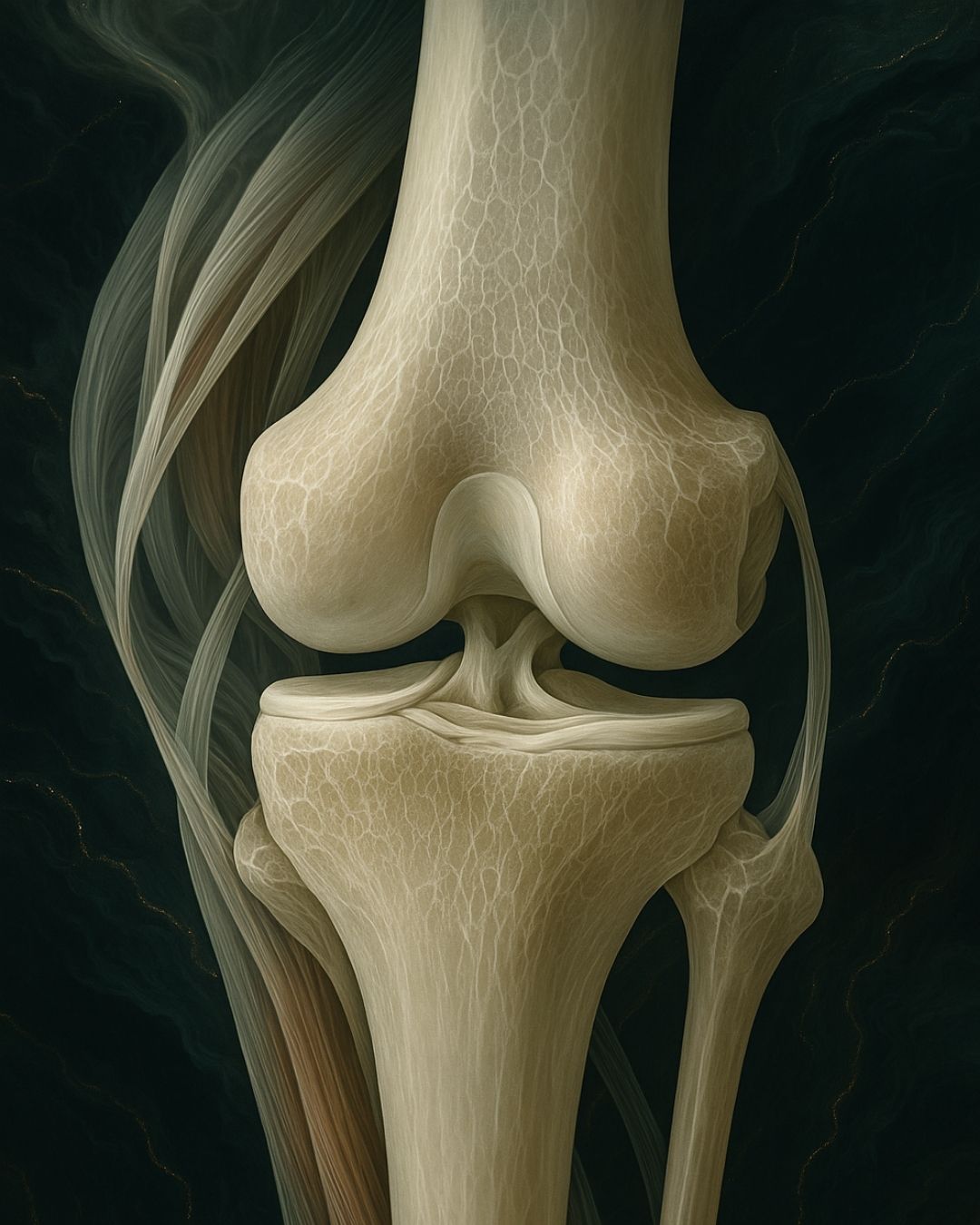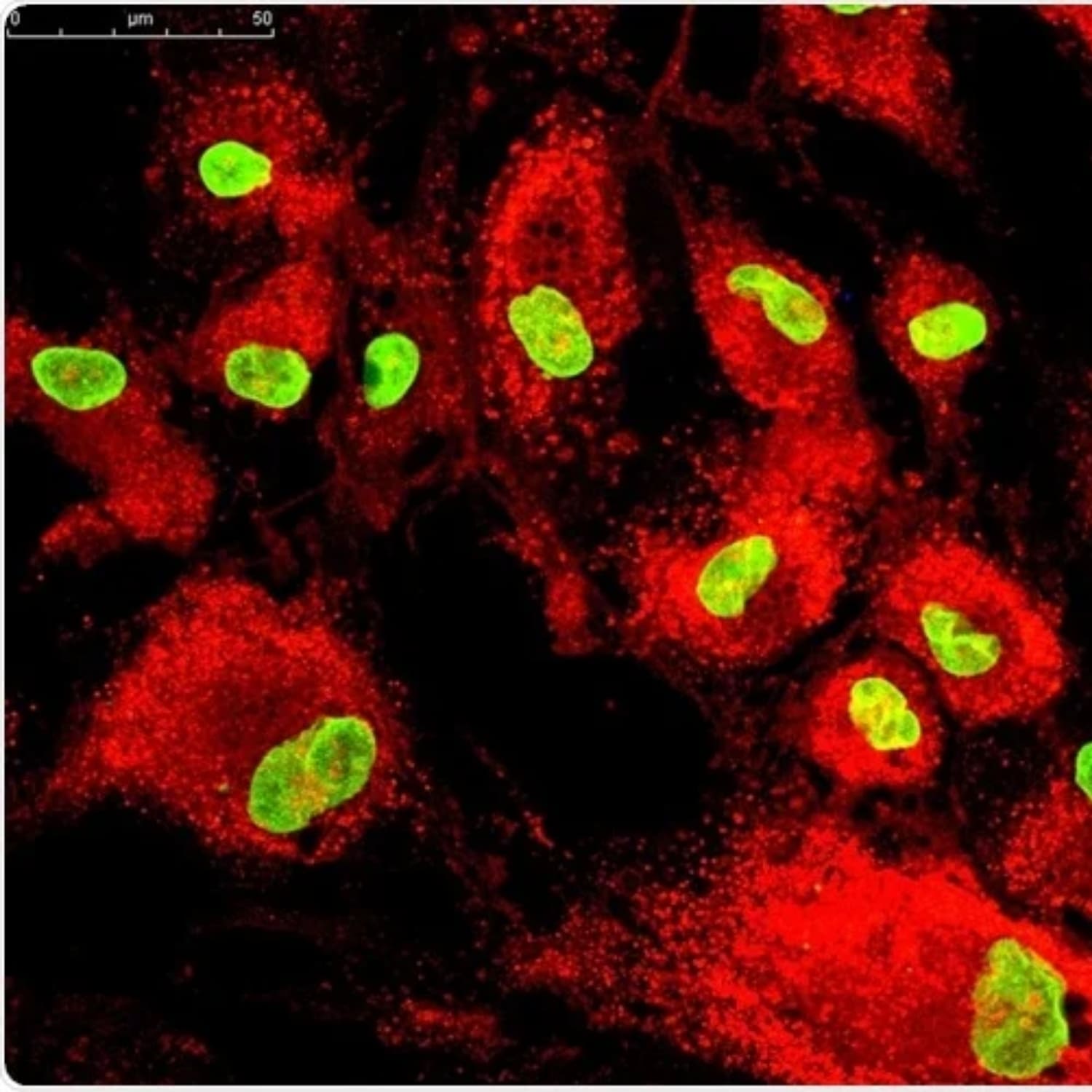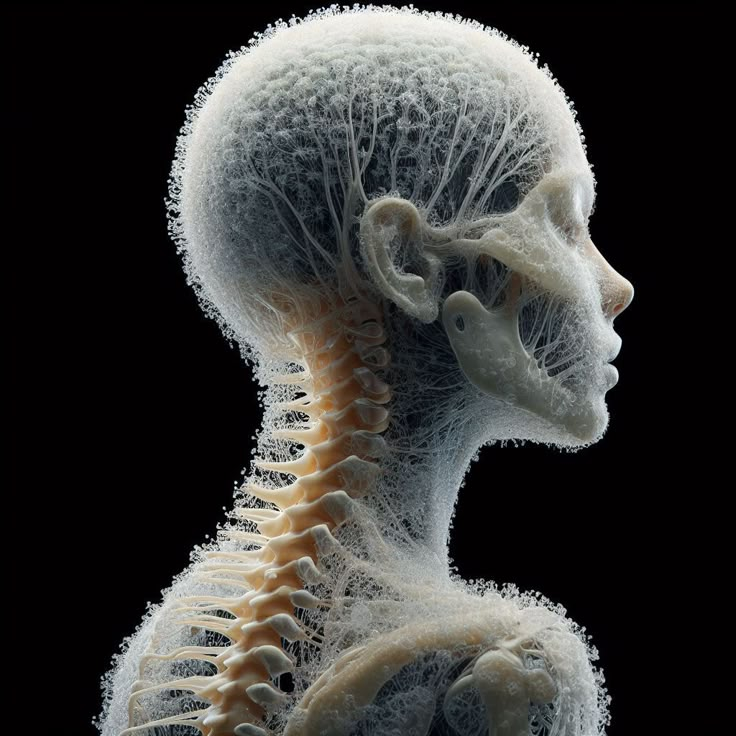Exosomes Stem Cells

Exosomes Stem Cells: An Overview
As someone who has spent over two decades in the realm of regenerative medicine, I've seen the fascinating evolution of exosomes stem cells. These microscopic vesicles, derived from stem cells, hold immense potential. Whether it's reducing inflammation or promoting cellular repair, the capabilities of exosomes stem cells are remarkable. Many in the industry believe they can offer benefits akin to traditional stem cell therapies, sans the risks of cell transplantation.
At Bioxcellerator, we're pioneering the use of exosomes stem cells in various treatments. These include anti-aging procedures and pain relief therapies. The unique properties of exosomes allow them to carry bioactive molecules directly to target cells, potentially enhancing therapeutic outcomes.
What Exactly Are Exosomes?
Exosomes are tiny lipid-bound vesicles released by cells, acting as messengers between cells. They are involved in a plethora of biological processes and hold therapeutic promise due to their ability to transfer proteins, lipids, and genetic material. Understanding their functionality in stem cell research is crucial.
- Communication: Exosomes facilitate communication between cells, influencing cell behavior.
- Regulation: They play a role in immune regulation and inflammatory response.
- Delivery: Exosomes can deliver therapeutic molecules directly to diseased or damaged tissues.
How Do Exosomes Stem Cells Work?
In my extensive experience, the mechanism of exosomes stem cells can be likened to a sophisticated delivery system. They encapsulate beneficial bioactive molecules and transport them through the bloodstream to target damaged cells. Here's how it unfolds:
- Stem cells release exosomes, enriched with therapeutic factors.
- Exosomes travel through the bloodstream, homing to target tissues.
- Upon reaching their destination, they deliver their cargo, promoting repair and regeneration.
This precise delivery minimizes systemic exposure and maximizes therapeutic impact, making exosomes stem cells a game-changer in regenerative treatments.
Why Choose Exosomes Stem Cells?
At Bioxcellerator, we've recognized many compelling benefits of exosomes stem cells for our clients. Having treated countless individuals, I've observed these key advantages:
First and foremost, exosomes stem cells present a non-invasive alternative to traditional therapies. This reduces the risk of immune rejection and complications associated with live cell transplants.
Additionally, the ability of exosomes to enhance cellular communication accelerates healing processes. Whether you're seeking treatment for arthritis, spine issues, or general anti-aging, integrating exosomes into your therapy plan can optimize outcomes.
Lastly, the standardized production of exosomes ensures consistent quality, addressing the variability often seen in traditional stem cell therapies. For many patients, this reliability translates to a more predictable outcome and peace of mind.
How Can You Incorporate Exosomes Stem Cells in Your Treatment?
Incorporating exosomes stem cells into your wellness or therapeutic regimen can revolutionize your health journey. At Bioxcellerator, we often recommend personalized treatment plans that align with individual needs and conditions. Here's a step-by-step approach you might consider:
- Consult with a specialized provider to evaluate your specific condition and goals.
- Determine the appropriate exosome therapy, whether it be for anti-aging or pain relief.
- Undergo a series of sessions, with progress monitored to adjust the treatment as needed.
- Integrate complementary therapies if advised, such as PRP or traditional stem cell treatments.
By following these steps, you could potentially enhance your health outcomes significantly.
Are Exosomes Stem Cells the Right Alternative for You?
Determining whether exosomes stem cells are the right choice involves weighing their benefits against your personal circumstances and healthcare needs. They may be suitable for those seeking non-invasive solutions with minimal side effects. By focusing on precise cell-targeting, exosomes stem cells offer a promising alternative to many patients, courtesy of their advanced bioactive properties. However, it is essential to consult professionals like those at Bioxcellerator to tailor the therapy to your unique requirements for optimal results.
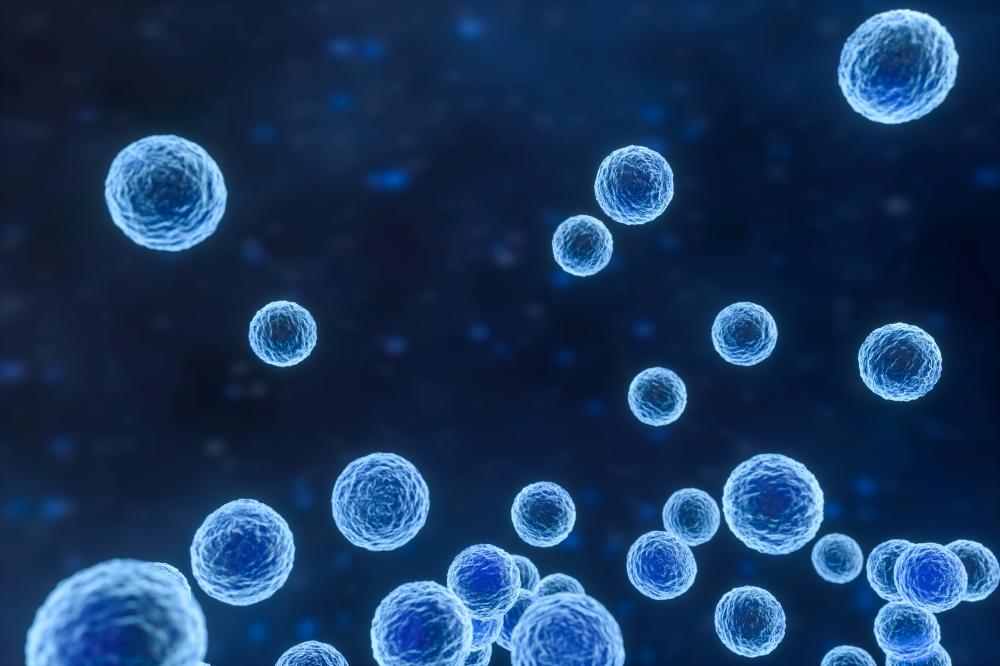
Introduction to Stem Cell Exosomes
Stem Cell Exosomes are small vesicles secreted by stem cells, playing a pivotal role in intercellular communication and regeneration. These microscopic wonders are packed with proteins, lipids, and RNA, essential for signaling pathways that facilitate tissue repair. At Bioxcellerator, our journey with stem cell therapies has revealed that Stem Cell Exosomes might hold the key to overcoming limitations in traditional stem cell applications, offering a new frontier in regenerative medicine.
How Stem Cell Exosomes Influence Regeneration
Based on my 20+ years of experience in regenerative medicine, I've witnessed firsthand how Stem Cell Exosomes enhance tissue regeneration. Exosomes diffuse into target cells, delivering their payload of genetic material and bioactive molecules. This ability to modulate the cellular environment makes them invaluable in treatments ranging from spinal injuries to arthritis.
In our clinics, we've seen that exosomes improve healing rates in patients suffering from chronic conditions. They provide a safer alternative by eliminating the need for live cell transplantation, reducing risks associated with immune rejection and tumorigenesis.
What Are Common Applications of Stem Cell Exosomes?
Bioxcellerator employs Stem Cell Exosomes in a variety of treatments:
- Anti-aging therapies utilize exosome infusions to rejuvenate skin and tissues.
- For arthritis, exosome injections can reduce inflammation and promote cartilage repair.
- Exosomes are integrated into hair restoration treatments, giving patients a new lease on healthy hair.
The versatility of Stem Cell Exosomes makes them a cornerstone of our regenerative medicine practice, providing patients with cutting-edge treatments.
Advantages of Stem Cell Exosomes Over Traditional Methods
In the field of regenerative medicine, it's crucial to balance efficacy with safety. Here are some reasons why Stem Cell Exosomes are increasingly preferred:
- Non-invasive nature: Unlike traditional stem cell transplants, exosome treatments require no surgery.
- Minimized risk: Exosomes do not replicate, lowering the chance of uncontrolled cell growth.
- Targeted delivery: Exosomes can be engineered to deliver specific payloads for precise therapeutic outcomes.
This list reflects insights from our clinical experience, demonstrating how these advantages translate into higher patient satisfaction and quicker recovery times.
Can Stem Cell Exosomes Improve Research Outcomes?
Absolutely. Stem Cell Exosomes are revolutionizing research by offering a detailed view of cellular communication. Scientists can study the molecular contents of exosomes, gaining insights into disease mechanisms and potential drug targets.
At Bioxcellerator, we've leveraged exosome research to develop personalized medicine approaches that cater to individual patient needs. This not only enhances treatment outcomes but also paves the way for innovations in understanding complex diseases.
Future Prospects of Stem Cell Exosomes
As the science of Stem Cell Exosomes evolves, new horizons appear on the regenerative medicine landscape. Collaborating with research leaders, Bioxcellerator aims to explore uncharted territories, such as using exosomes in neurological disorders and enhancing immune function.
With advancements in isolation techniques and bioengineering, the potential applications of Stem Cell Exosomes are limitless. This keeps us at the forefront of innovation, ensuring that our clients benefit from the latest breakthroughs in health and wellness technology.
Exploring Exosomes Vs Stem Cells in Regenerative Medicine
Exosomes Vs Stem Cells is a topic that I have encountered countless times in my 20+ years at Bioxcellerator, where we specialize in revolutionary anti-aging therapies. Both stem cells and their derived exosomes hold immense potential in regenerative medicine, yet each presents unique attributes for regenerative treatments. Stem cell therapy has long been a staple in this field, with thousands of clinical trials demonstrating its efficacy. However, stem cell-derived exosomes are emerging as a promising alternative with distinct advantages.
Benefits and Challenges
Stem cells offer a robust solution due to their ability to differentiate into various cell types, aiding in tissue repair and regeneration. Yet, they pose challenges like immunogenicity and ethical concerns. At our clinic, we tackle these by employing advanced methods such as stem cell injections and stem cell IV infusion.
Exosomes, by contrast, are smaller, cell-free vesicles that circumvent many risks of stem cell therapy such as immune response and tumor formation. They are non-tumorigenic, have minimal risk of eliciting an immune response, and are stable for storage and transportation. However, scaling their production for clinical use requires overcoming hurdles in manufacturing and establishing comprehensive quality control.
- Stem Cells: Robust differentiation, ethical considerations, potential immunogenicity
- Exosomes: Lower risk profile, storage stability, manufacturing challenges
How Are Exosomes Used in Clinical Settings?
Exosomes are utilized in regenerative medicine as they can deliver therapeutic cargos such as proteins and RNA, mimicking the therapeutic effects of stem cells. At Bioxcellerator, we have explored their application in treating conditions ranging from degenerative diseases to rejuvenating skin and hair. Our approach ensures that clients receive tailored, effective treatments.
1. Exosome therapy involves the isolation of exosomes from stem cells like mesenchymal stem cells.
2. These exosomes are then purified and concentrated in our state-of-the-art facilities.
3. Finally, they are administered to clients, providing regenerative benefits with reduced risks.
What Clinical Differences Exist?
When analyzing Exosomes Vs Stem Cells in clinical applications, a few differences stand out. Stem cell therapy often targets long-term recovery through direct cell replenishment, whereas exosomes offer a non-invasive alternative, promoting healing through their paracrine effects. At our Florida clinics, we leverage these differences to offer customized anti-aging and pain relief therapies that cater to our clients' specific needs.
Stem cell injections are particularly effective for localized treatment, such as in joint pain, while exosomes can be administered through various routes, including inhalation, offering diverse therapeutic options. Exosomes are being investigated in over 150 clinical trials for their potential across various conditions, underscoring their growing importance.
Future Trends in Regenerative Medicine
Looking forward, the future of regenerative medicine will likely see a fusion of Exosomes Vs Stem Cells, combining their strengths to enhance therapeutic efficacy. As part of our commitment to advancing medicine at Bioxcellerator, we are keen on pioneering research in this area. With the global stem cell market projected to reach $31.6 billion by 2030, the potential for innovation is immense.
In the coming years, the ability to engineer exosomes for targeted delivery of therapeutic agents could revolutionize treatments for everything from cancer to chronic pain. Our team remains dedicated to staying at the forefront of these advancements, ensuring our clients benefit from the best innovations in regenerative medicine.
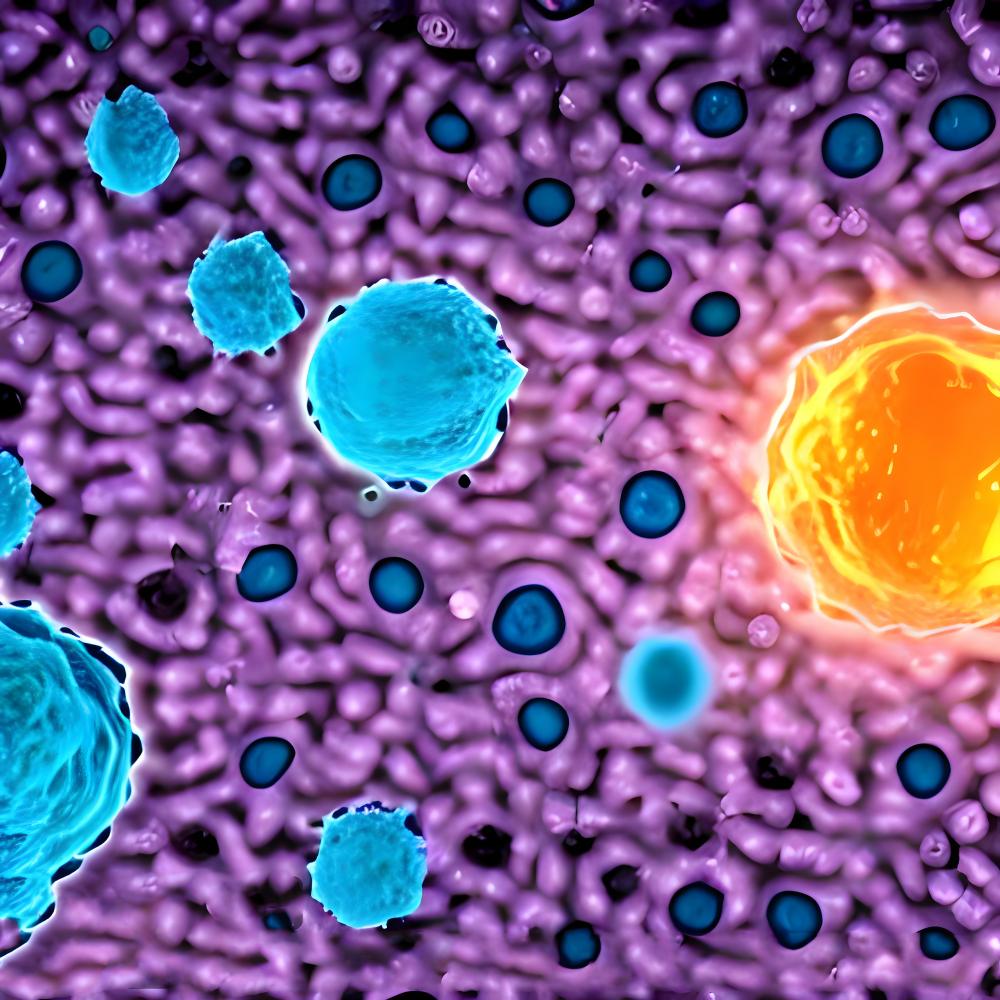
What distinguishes exosomes from stem cells in terms of therapeutic use?
In our experience at Bioxcellerator, the main distinction lies in the delivery and application methods. While stem cells have the ability to differentiate into various cell types and are often used in direct cell replacement therapies, exosomes work more subtly. They function as messengers, carrying essential bioactive molecules that can influence cell behavior. This makes exosome therapy less invasive, and potentially reduces risks such as immune rejection or tumor formation. Both have their place in regenerative medicine, but we often recommend exosomes for patients looking for targeted therapies without the complications associated with live cell transplants. Have you considered which method aligns best with your needs?
How do stem cell exosomes influence regeneration in patients?
Stem cell exosomes are like nature's FedEx for healing. They carry proteins, lipids, and RNA, crucial for triggering repair signals in the body. In our clinics, we have observed exosomes enhance recovery, particularly in conditions like arthritis and tissue injuries, by modulating the environment around damaged cells and promoting regeneration. This technology often results in faster healing times and improved patient outcomes compared to traditional methods. Our patients appreciate that this non-invasive approach minimizes downtime and maximizes results. If you're considering regenerative therapy, could this approach fit into your treatment goals?
Are there common misconceptions about exosomes in regenerative medicine?
Absolutely, one common misconception is that exosomes can replace stem cells entirely. While exosomes offer unique benefits, such as lowering the risk of immune reactions and being easier to store and transport, they are not a one-size-fits-all solution. Another misconception is that they are a standalone treatment. In reality, we often use them in conjunction with other therapies to maximize outcomes. We encourage patients to have an open dialogue with us to explore the most effective, individualized approach for their condition. What are your thoughts on combining traditional and advanced therapies?
What are the potential advantages of integrating exosomes into stem cell therapy?
By integrating exosomes into stem cell therapy, we enhance the therapeutic potential. The exosomes can enhance the efficacy of stem cells by refining communication between them and damaged tissues, ensuring that the therapeutic effects are more targeted and potent. This hybrid approach often results in faster recovery and a broader range of treatable conditions. At Bioxcellerator, we've seen great success using this integration for complex issues like spinal injuries. It's fascinating to see how these tiny vesicles can pack such a punch in healing! Would you be interested in exploring this integrative approach for your needs?
How are exosomes utilized in a clinical setting at Bioxcellerator?
At Bioxcellerator, our clinical application of exosomes is cutting-edge. We harvest and purify exosomes from mesenchymal stem cells in our advanced facilities. These exosomes are then designed to target specific conditions like degenerative diseases, with treatments tailored to each client's needs. We use them not only for their regenerative properties but also for anti-aging therapies, hair restoration, and more. Our clients appreciate the personalized care and the non-invasive nature of these treatments. Have you considered how exosome therapy might fit into your health or wellness plans?
What future trends in regenerative medicine involve exosomes?
The future is bright for exosomes in regenerative medicine. We're heading towards more personalized and precise therapies. With advancements in genetic engineering, we'll be able to design exosomes that deliver specific therapeutic agents to targeted cells. This could revolutionize treatments for diseases like cancer or neurological disorders. At Bioxcellerator, we're excited to be at the forefront of this innovation, continually seeking ways to improve patient outcomes with these advancements. Have you ever thought about what the future might hold for your own health care needs in this evolving landscape?
Resources
- National Institutes of Health (NIH) - Official website of the National Institutes of Health, a leading medical research agency.
- U.S. Food and Drug Administration (FDA) - The official website of the FDA, responsible for protecting the public health by ensuring the safety and efficacy of medical products.
- Centers for Disease Control and Prevention (CDC) - The CDC website provides information on health, safety, and disease prevention.
- National Institutes of Health (NIH) - Official website of the National Institutes of Health, a leading medical research agency.
- National Institutes of Health - Stem Cell Information - Information on stem cell research and therapies from the NIH.



